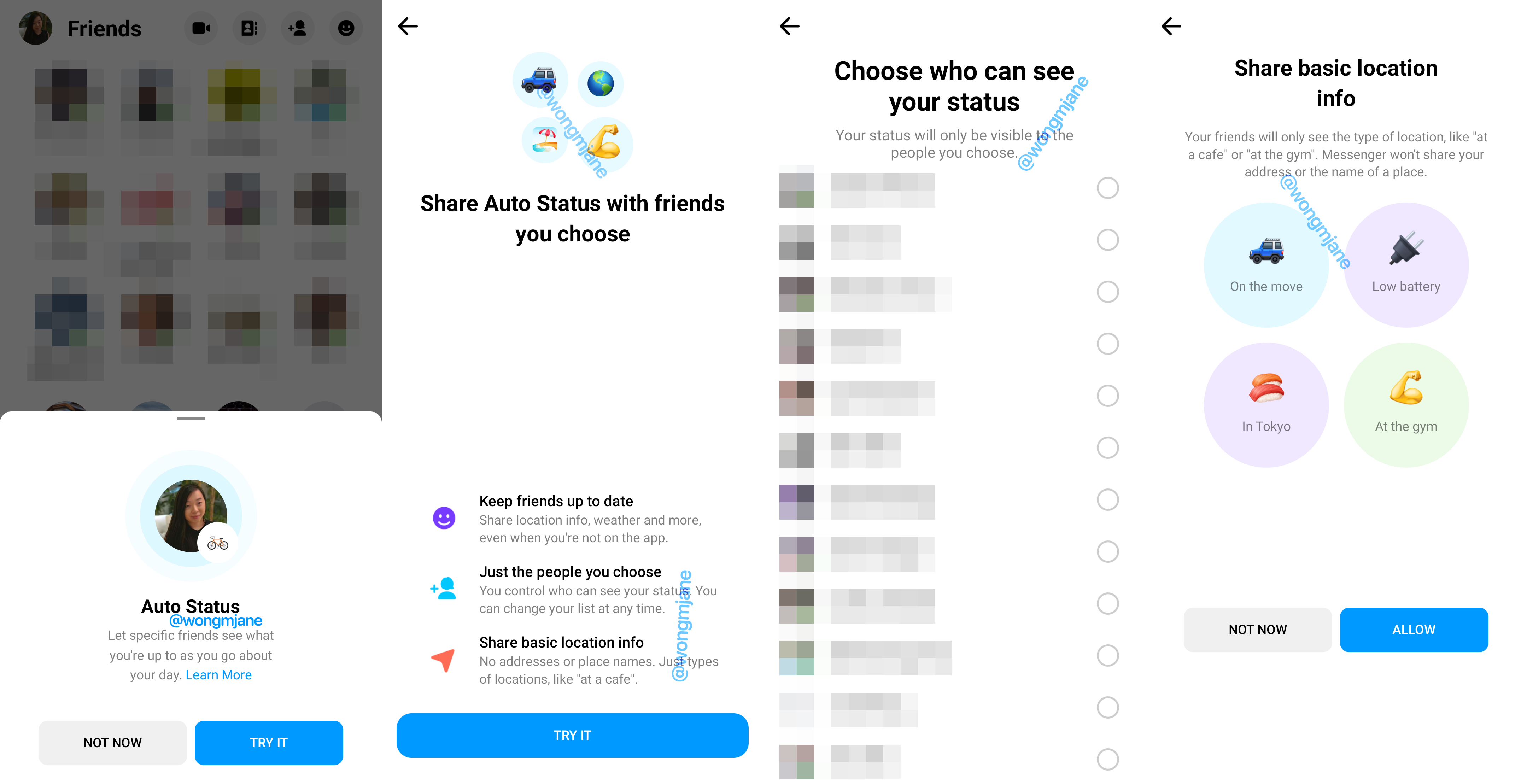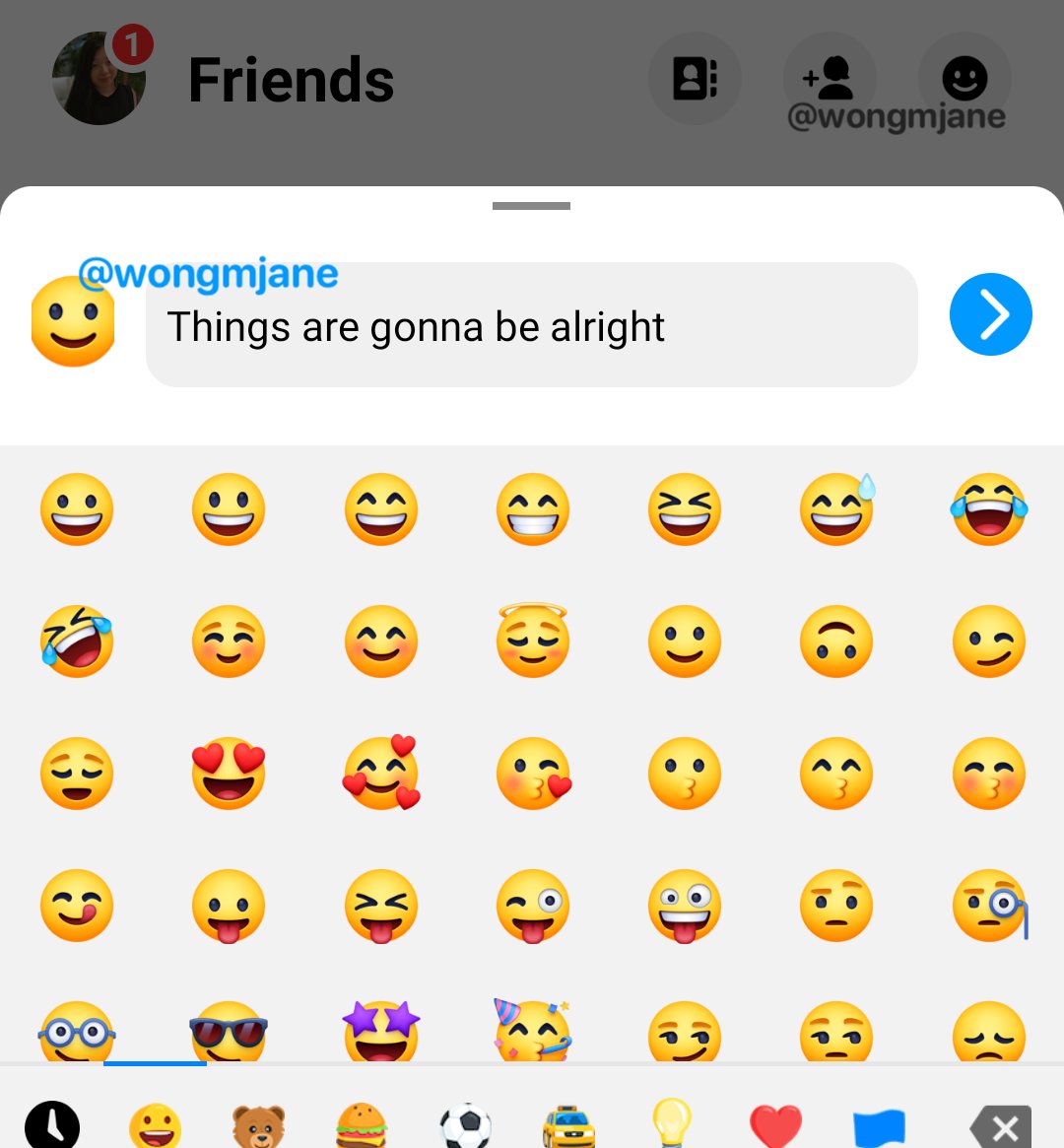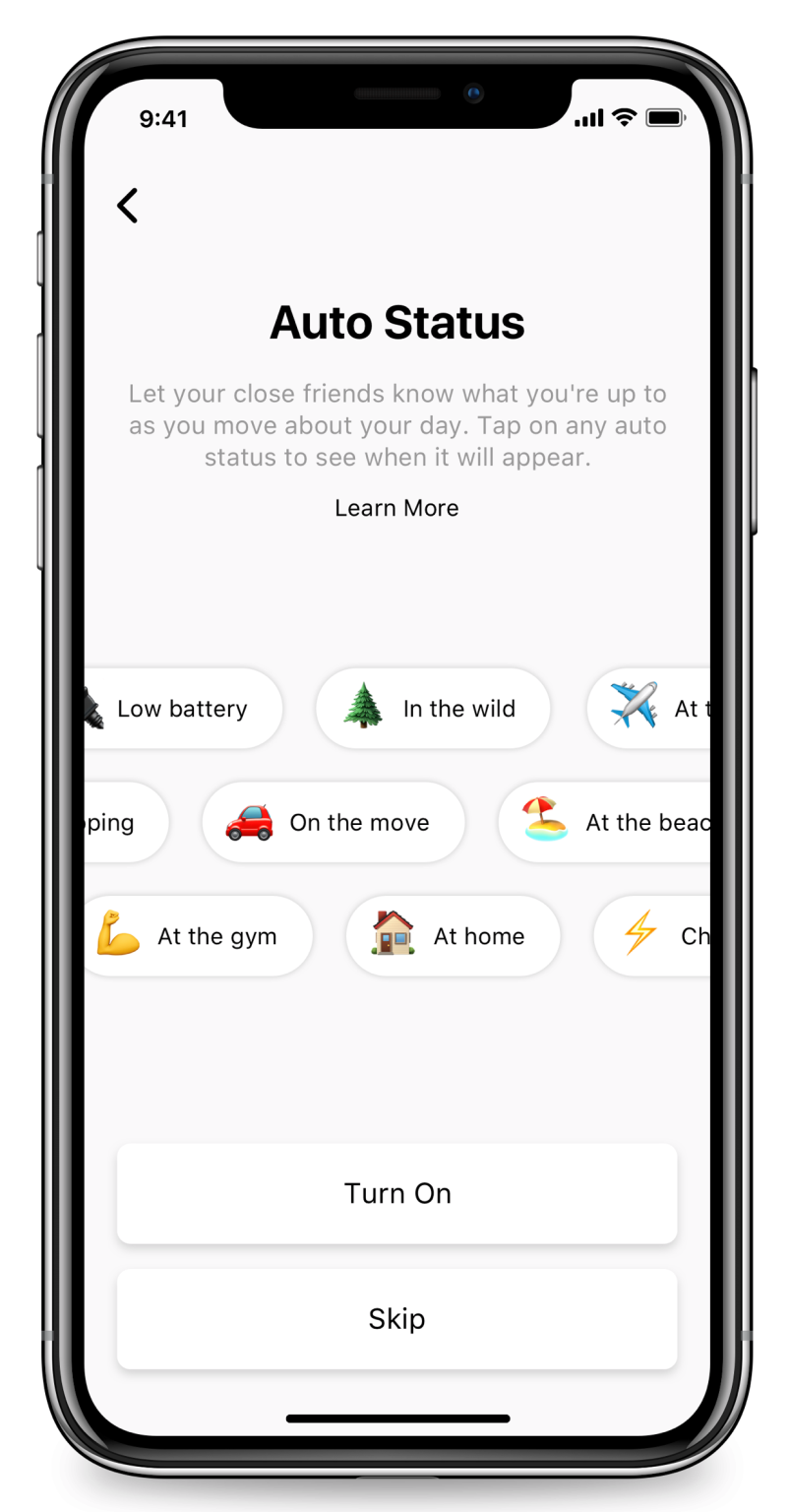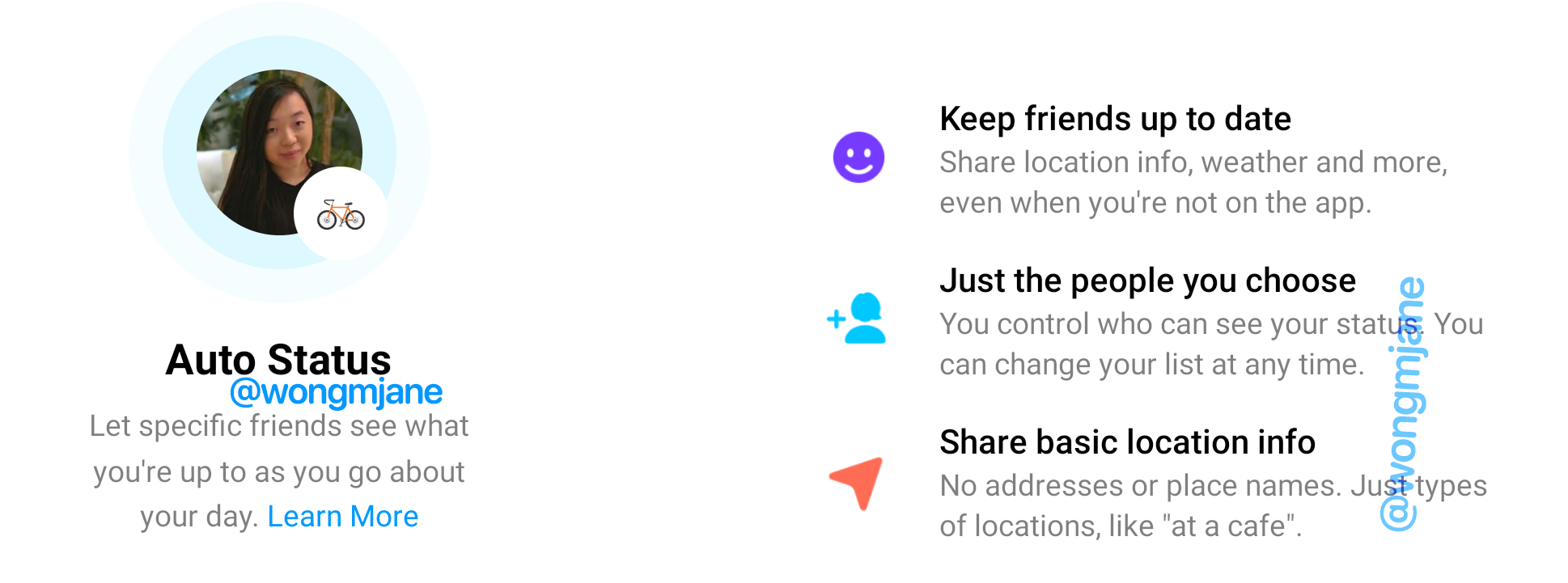The last few weeks have just been dreadful for asset managers. Not only have the markets tanked the past few weeks (if slightly recovered from their lows since the signing of the U.S. stimulus bill), but the daily volatility of different assets is making it very hard to keep portfolios balanced. As an example, the key benchmark for oil is under $20 a barrel in the United States, a lot not seen in almost two decades.
So let’s talk about something that is quite stressful for a lot of VCs in this context: the so-called denominator effect.
Before we get to what the denominator effect portends for VCs, let’s define it. In the limited partner world, LPs are allocators of capital, which just means that they invest money in a collection of assets following a strategy. For instance, these LPs might have strategy of something like: “I want 60% equities, and 40% bonds” or perhaps something like “40% equities, 30% bonds, 10% VC, 10% hedge funds, and 10% natural resources.”
Every fund has its own goals. Some funds need more immediate liquidity to pay for operations (i.e. college endowments) while others focus much more on the future and don’t mind long hold periods on their assets (i.e. sovereign wealth funds). The role of a portfolio manager is to invest in assets in such a way as to match these objectives.
As part of operating any portfolio, a fund manager regularly rebalances it to make sure that the underlying assets align with the chosen strategy. If you personally use a modern asset management service like Wealthfront, then you are already familiar with this: every period (which could be months, quarters, years, etc.), the service transfers money between your assets to reset your portfolio back to its original strategy. So if you want 60% stocks, but your portfolio is at 70% right now, the service will automatically sell 10% of those assets in order to invest in other assets.
The primary fraction here is (the capital within an asset class) divided by (the total capital of the portfolio). Yes, it’s really simple math.
Here’s where it starts to get complicated though. Let’s say for illustration that you are managing a $1 million portfolio, and you have 70% ($700,000) invested in NASDAQ, which is relatively liquid, and the other 30% ($300,000) is invested in VC funds, which are highly illiquid since they can take ten years or more to be returned to you.
Let’s say your fund was balanced as of February 19, when the NASDAQ hit an all-time high close of 9,817.18. Since that time, NASDAQ has lost 20.57% in value according to Yahoo Finance. That means your overall portfolio is now worth about $856,010, or $556,010 for equities and still $300,000 for VC.
Even though you haven’t increased or decreased your investment in VC, your portfolio is now heavily skewed toward that asset class. Equities represent $556,010 / $856,010 = ~65% of your portfolio, while VC now represents ~35%, up from the intended 30% in your original strategy.
Given that skew, you should rebalance … but you can’t. Since VC funds have a ten-year fund cycle (if not longer), you can’t simply sell some VC assets and buy equities to rebalance your portfolio. The portfolio manager is effectively stuck.
That’s the “denominator effect” — a decline in the value of one asset should result in other assets being sold to properly rebalance a portfolio, but many assets like venture capital, private equity, real estate, natural resources and others can be quite hard to sell in the short-to-medium term.
Fractional ownership
That’s the outline of what the denominator effect is, but what does it mean in practice for VCs and ultimately for founders?
For VCs, the big challenge today is that many of their LPs are precisely in the situation described above, with over-investment in VC as an asset class and a huge liquidity crunch that they have to work through. LPs want (or in some cases, must) scale down their VC investments in order to make their funds function. Not only will they cut back investments in new funds, they don’t even want to invest in the funds they have already committed to.
The irony here is that given the declining valuations for a lot of startups, this is precisely the time to invest more. That’s the fundamental tension of the denominator effect — it isn’t about psychology or investor reticence driven by fear, but rather strategic considerations that are rational for a fund’s key objectives.
LPs have a couple of strategies on how to cope. One is that they sometimes have a bit of flexibility with their general partners to wait out the storm, since they can push them to slow down the pace of investing in order to reduce the volume of capital calls. In addition, they can halt the number of new funds they invest in or just stretch out the time it takes to make a new investment in order to spread their investments more evenly.
And then there is the secondary market, in which LPs sell their VC fund stakes in order to secure liquidity — a sliver of a market, but one that is quite interesting nonetheless. My colleague Connie Loizos talked a bit more about this angle last week, finding that these transactions will take some time to be consummated while the market discovers what startups are currently worth.
In short, due to the denominator effect, LPs are going to do whatever they need to do to rebalance their portfolios in the coming months. If the markets happen to rapidly recover, they might quickly reopen their investments in VC and other alternative assets. But if the markets stay sour for longer, then expect further downward gravitational pull on the VC asset class as portfolio managers reset their portfolios to where they need them. It’s the tyranny of fifth grade mathematics and a complex financial system.



 Then earlier this month, reverse engineering master and constant TechCrunch tipster
Then earlier this month, reverse engineering master and constant TechCrunch tipster 

 (@MaketheRoadNY)
(@MaketheRoadNY) 